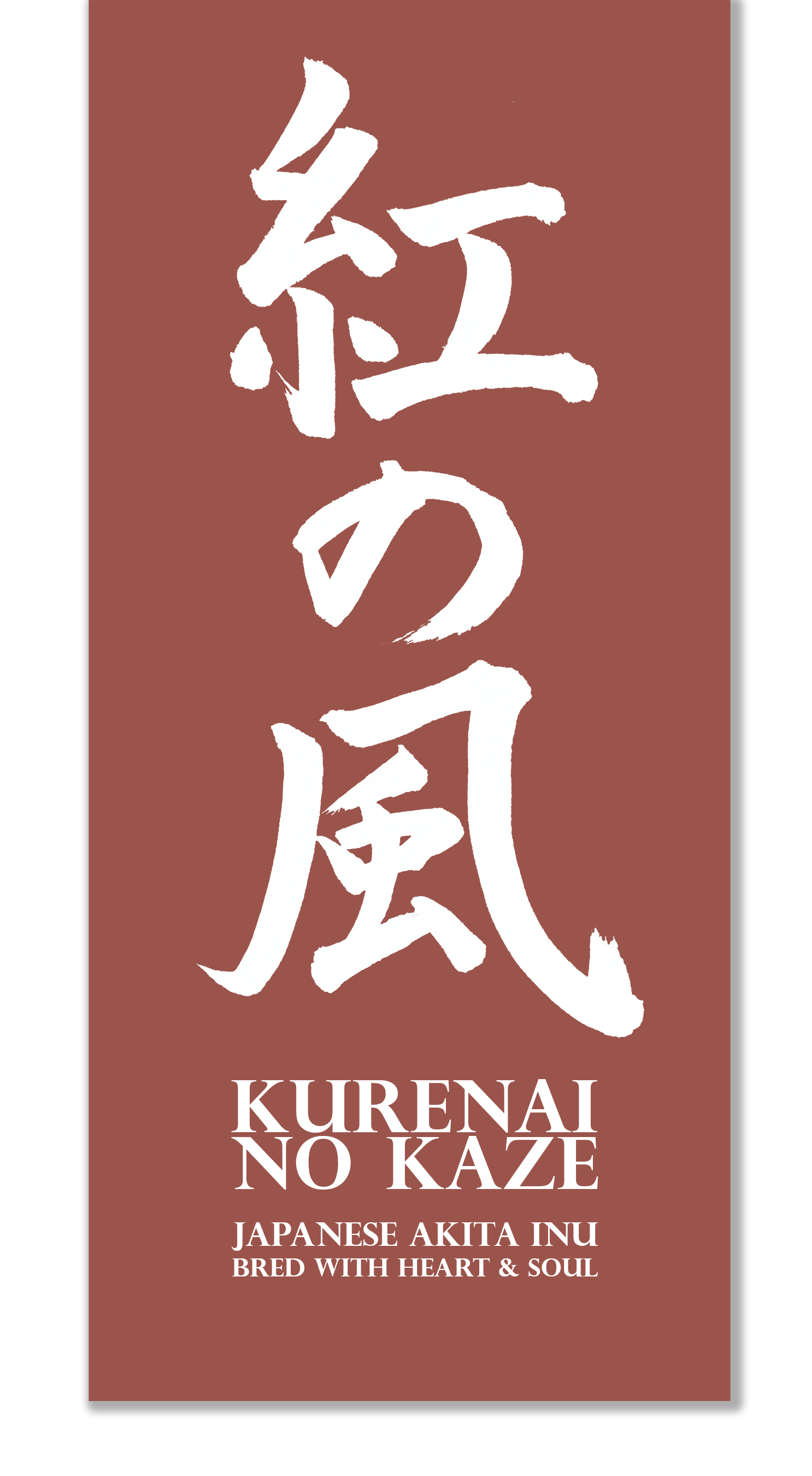"If it is not an Akita Inu, then it’s just a dog!" - Taking a look at the origins of the Akita Inu.
Of course, the sentence above is somewhat of a joke, but you know what they say about jokes: most of them contain a certain amount of truth hidden in them as well. And all joking aside, this saying is actually a rather common one by those fancying the breed. The Akita Inu, named after its birthplace in Japan (Akita prefecture), is indeed something special. Fitting examples of this go back in history from when Akita Inu were held by the shogun and other noblemen and sometimes even had their own servants. Or Hachiko, Japan’s most famous dog, who remained waiting at the train station to come and greet his owner, professor Ueno, even up to nine years after his passing. These are just two illustrations, though far from where the Akita Inu’s fascinating aspects end.
To understand where all of this came from, it is essential to take a look at the breed’s origins. It left quite some foot steps in Japanese history and it is there where you will better understand why this dog is the way it is today. But before making that imaginary journey, it is useful to know that Akita Inu simply means Akita Dog. Many Japanese also tend to replace the latter with “ken”—which also means dog—though the country's formal name for the breed is Akita Inu.
As mentioned above, the Japanese Akita Inu originated from Akita prefecture, located in the Tohoku region of northern Honshu, the main island of Japan. This not only explains the name of this majestic breed, but as winters in Akita prefecture are extremely snowy and harsh, also its lovely thick coat. The region is part of Japan's Yukiguni (snow country) and so the breed definitely needed something to protect itself against the weather conditions.
It is also there, in Akita prefecture's mountainous area near Odate, where the breed's forefather called Matagi Inu originally functioned as an outstanding hunting dog. There it hunted for tsukinowaguma (Japanese black bear), kamoshika (Japanese serow) and other large game, though eventually, through a time of small civil wars, peasant riots and an invasion of gold diggers near Odate, its function of food provider shifted to that of guard dog.
Around 1700 the breed's history took an unexpected turn when Japan's fifth shogun Tokugawa Tsunayoshi came to reign (1680-1709). Tsunayoshi was born in the year of the dog and had a special interest in dogs. People irreverently called him the Inu Kubo (dog shogun), as his love for dogs—but also other animals—went to such an extent that in 1687 Tsunayoshi issued laws known as Shorui Awaremi no Rei. These Laws of Compassion ordered anyone who harmed dogs to be imprisoned or some cases even executed. Furthermore, some dogs were said to be addressed in a highly respectful manner, spoken to with “o-inu-sama”, which translates something like Great Mr. Dog (note: the “sama” part is the even more respectful version of the honorific “san”, and the “o” in front adds further politeness). From a common peasant dog the Akita Inu had turned into a dog for samurai and other Japanese noblemen, and some even had their own home with servants.
The Akita Inu’s golden years did not last forever though. Japan's modernization during the Meiji-period (1868-1912) and subsequent obsolescence of samurai caused a surge in dogfights to provide to the samurai’s fighting spirit. To improve their chances of victory, stronger dogs were sought after, which led to Tosa Inu being crossbred with other dog breeds. It did not take long before the Akita Inu became a part of these practices as well, which removed the breed far from the purity it experienced during the Tsunayoshi period 200 years earlier; it became bigger, more muscular and “courageous”. Some even lacked upward ears. Furthermore, in 1910 things got even worse when Japan introduced a dog tax, which led to thousands of Akita Inu being slaughtered and countless more dying during a rabies epidemic.
Despite all of this, around the early 1930’s things managed to turn back into the right direction. In 1927 Akita Inu Hozonkai (AKIHO) was founded, which forbade further crossbreeding and has been focussing on the breed's preservation ever since. On top of that, on July 31 1931 the Akita Inu was the first to receive the designation of Tennen Kinenbutsu (Natural Monument) by the Japanese government. A time of selective breeding and acquisition of dogs from remote Matagi villages followed, resulting in a slow but steady return of the original breed type.
During World War II much of that good work was sadly thrown away though. The Akita Inu was found more interesting for its meat and warm fur and only a few specimens remained. Luckily, not all was in vain. Against official orders, a few individuals—including nobleman Ichinoseki Kuniro, who earlier stood at the birth of AKIHO and the Akita Inu’s revival—had kept several dogs and immediately started breeding again after the war ended. It was around the same time that a certain Ito started selling Akita Inu of mixed blood to US servicemen serving to the occupation forces in Japan, who then took them back home, where they quickly gained popularity. Many non-Japanese long considered these dogs of the same breed as the ones being bred in Japan, though nowadays in most countries the two happily co-exist next to each other: (Japanese) Akita Inu and American Akita.
More Akita Inu ①
To gain further insight in the Akita Inu breed, watch this one-minute impression video of AKIHO’s Honbuten (Headquarters Exhibition) in Odate, Akita Prefecture. This biannual event has been held over 143 times now and whenever it takes place is a reoccurring must-visit for Kurenai No Kaze.




